
At the start of a new year, full of hope and aspirations of better times ahead, most gardeners are already dreaming of planting hundreds of tiny seeds in the soil. Which inevitably leads to visions of harvesting an abundance of their favorite vegetables, immediately followed by how to preserve and store them for next winter.
In order to get to that stage, however, one needs to lay the groundwork for gardening success.
January is a time to reflect on your past gardening successes (and failures), as you reflect on your strengths and weaknesses. While you may not be actively out in the garden as many hours as you would like, due to cold, rain, snow, or all three, you can still learn and “practice” as you read books, watch videos and read a plethora of gardening articles.
January gives you the perfect opportunity to get all your garden related thoughts in order.
It is a time to decide what veggies you want to grow this season, how much time you want to invest in the garden, whether you want to try trellising squashes, and whether or not it will finally be the year that you get around to starting a compost pile.
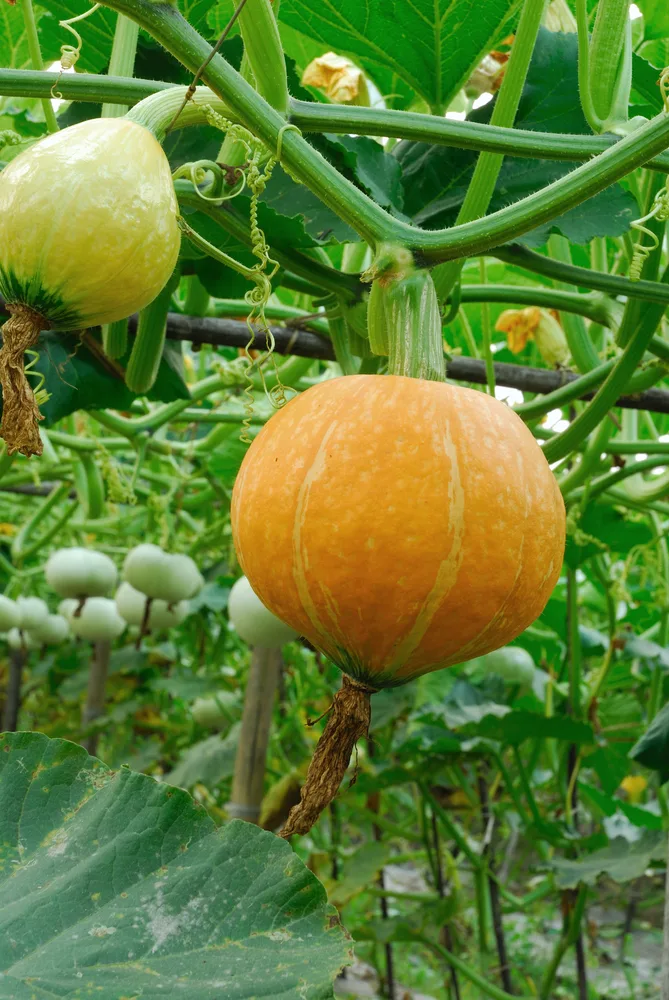
January is the time to decide where your garden will take you.
If you are in the far north, snow and cold may prevent you from doing anything outside. Yet, there is plenty to do inside. Planning is among the most important. You can also feel free to embrace the cold and enjoy the off-season!
If you live in less cold regions you may already have a January gardening routine in place that includes tending to tender plants, bringing out the row covers on chilly nights, or planting bare-root roses and fruit trees. When the days are sunny and rain-free, you may even have the chance to go out and do some light to heavy pruning on your canes and fruit trees.
In the desert, you can already start sowing cool-season crops in pots!
Winter brings different conditions and challenges for us all. The trick to loving winter down-time is to appreciate it for what it is, exactly where you are.
Once you can accomplish that, you are well on your way to an abundant harvest.
1. Make a list – or several lists
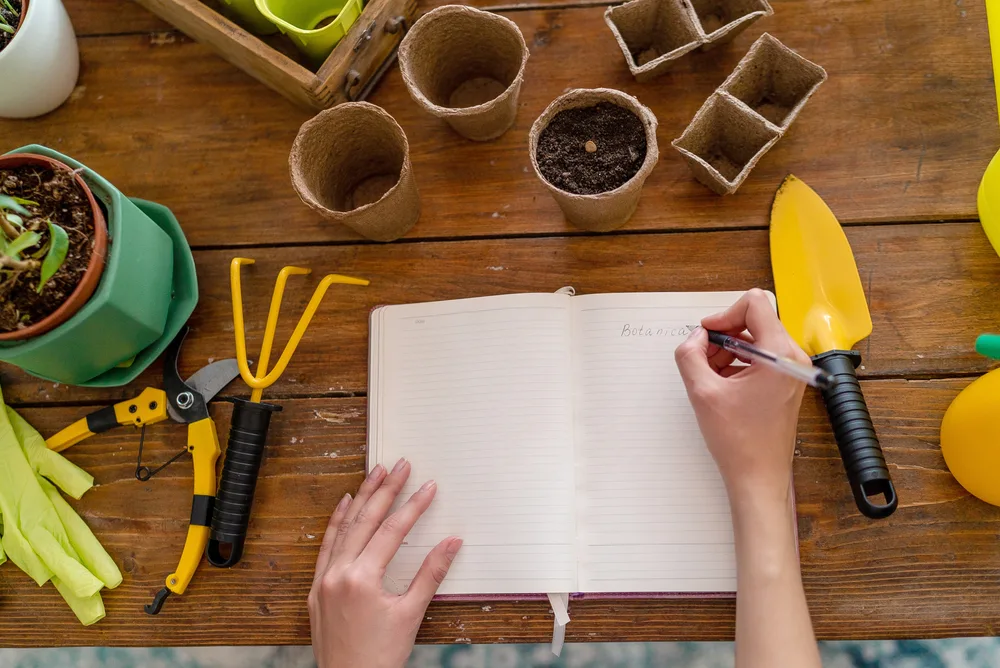
The best garden you can ever grow, is the one with the plants you love in it.
There is no point in growing Brussels sprouts if they aren’t something you are ready to run to the store for when you run out, like potatoes…
So, with plenty of time on your dirt-free hands, grab some paper and a pen and make a list.
Start by writing down all the vegetables you would like to grow – not just what you have knowledge of growing. Once you get to gardening job number 2., all of this may change, but for now, just go with your gardening intuition.
Then make a second list of possible hand tools you may need to accomplish your gardening goals. Give yourself plenty of time to source what you need.
Thirdly, make a list of possible fruit tree varieties you can find locally, and get mentally-ready to plant them in a few months’ time.
Lists will serve any gardener well. Just be sure to keep them in a safe place for future reference, lest they fly away with your dreams of a verdant garden.
2. Order seed catalogs
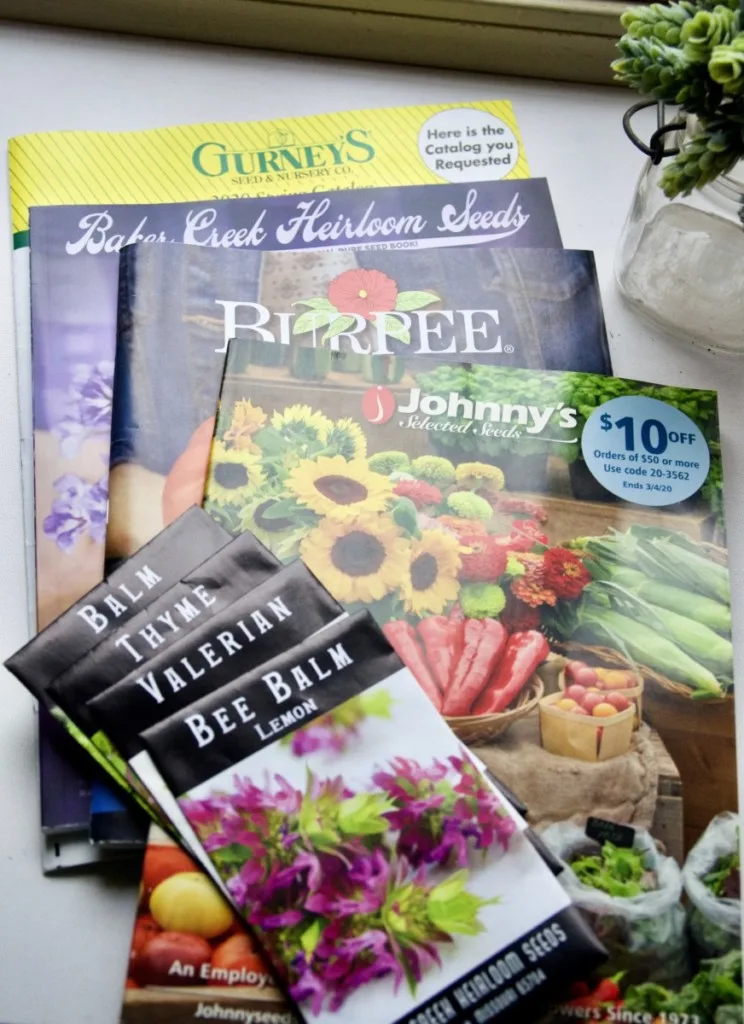
Once you have decided what you want to plant in your garden, now is the time to find out where it exists.
As you browse through seed catalogs – here are 23 seed catalogs you can request for free! – keep an open mind, but don’t let yourself be carried away. There are only so many plants that will fit comfortably in your garden!
At this time, you will also have to take into consideration whether you are searching for heirloom seeds (more ancient varieties which you can also save seeds from) or hybrids (which you cannot save seeds from).
Keep in mind, growing veggies is not all about looks, but rich flavors too.
3. Buy garden seeds
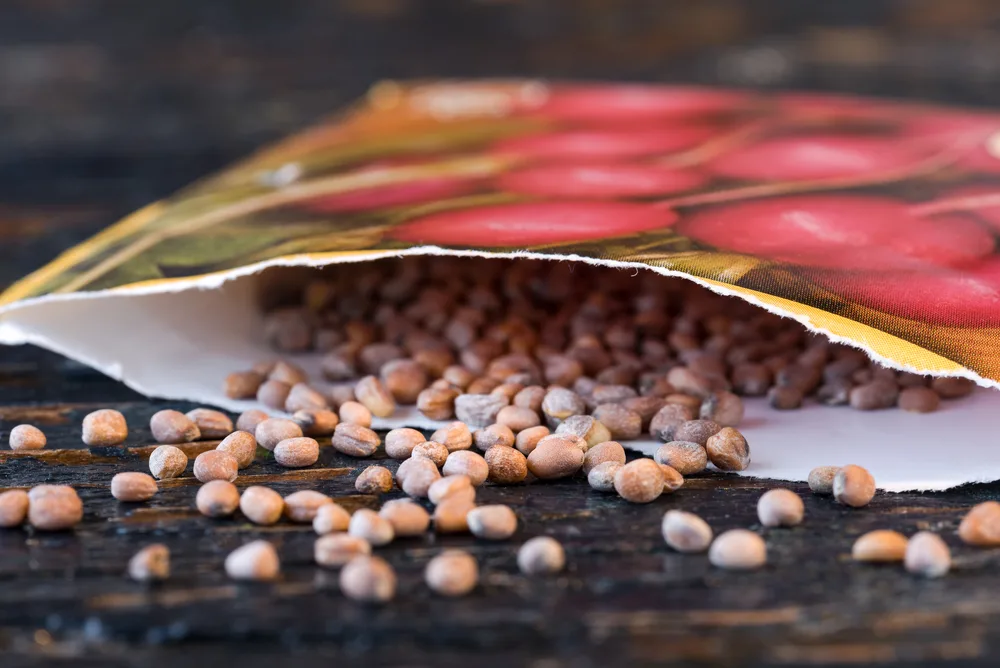
You don’t necessarily need to have a stack of garden catalogs to help you decide what to plant. It is entirely possible to skip them altogether and buy directly from online gardening sites.
You may even find a winter seed swap in your area if you are lucky. Or perhaps you have saved enough seeds from last year’s harvest, but just want to keep your seed selection as diverse as it can get.
Thinking about garden seeds is fun. Buying them, and having them delivered to your door is even better.
Related reading: Buying Garden Seeds: Everything You Need To Know
4. Draw and design a layout of your future garden
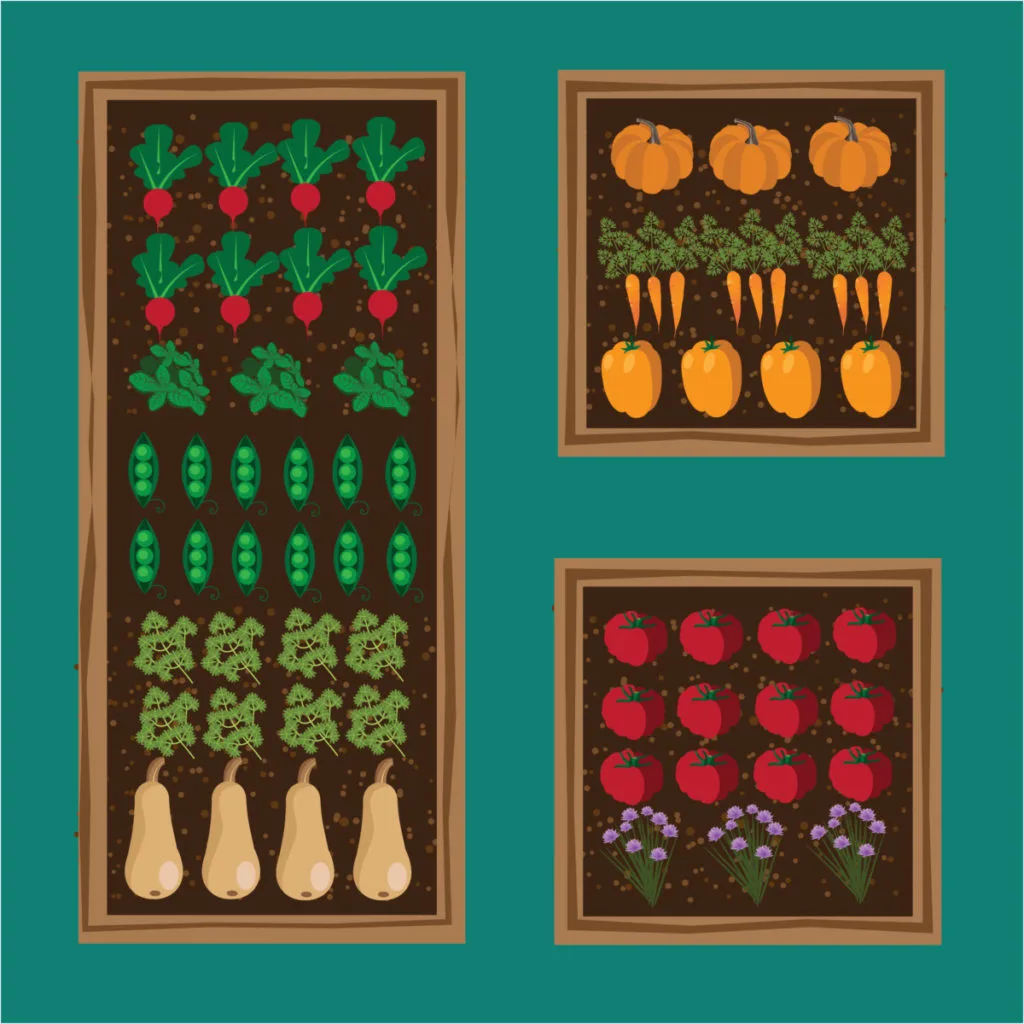
Getting a bit more technical here, some gardeners take pleasure in mapping out their entire garden space. Showing where there will be rows of peas, carrots and green beans. Highlighting where the pumpkin patch will go (which it will always outgrow!), and where the sunflowers can shade, or not shade your edible flowers.
Maybe this is the year you decide to start a mandala garden? Or perhaps you are going to test out the three sisters planting technique?
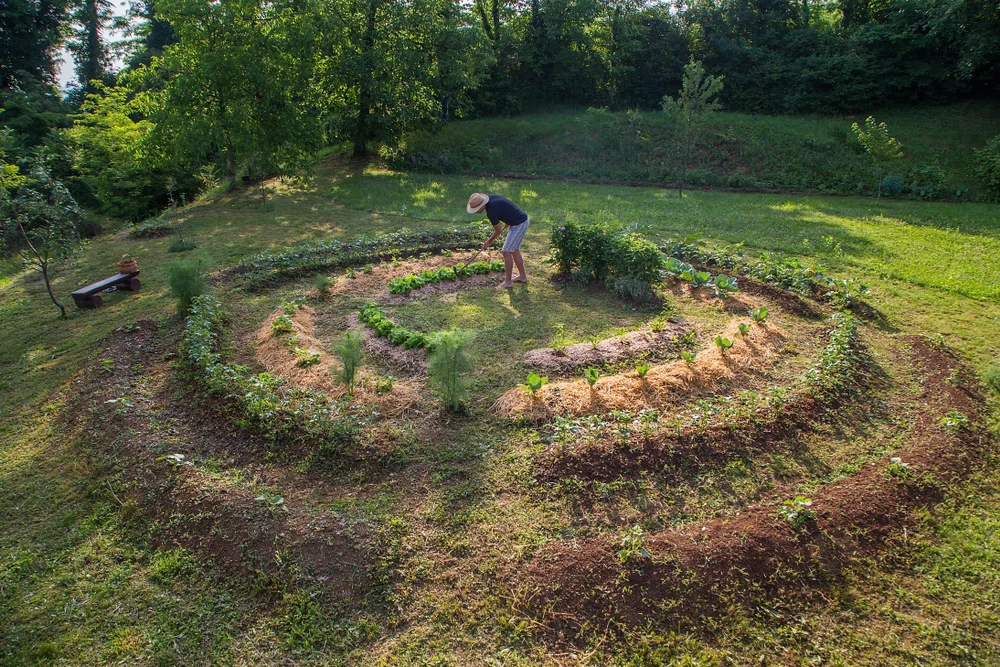
You can insert irrigation lines on your hand-drawn garden map, place your existing, and ready to be planted, perennials.
Truth be told, mapping out your garden is not for everyone. Or at least, not ever year. Once you have an established garden with perennials in place, or perhaps you know the space by heart, there is less reason to plot every seed intended to go in the ground.
Instead, you can just wing it, allowing random tomatoes, herbs and flowers to pop up where the seeds fell last season. You might even end up with some volunteer onions and garlic that got left in the soil. Free food!!
This method of finding delightful surprises always works best in a no-dig garden, where seeds are allowed to fall at their free will. Sitting under a layer of mulch where they can emerge when they are ready.
5. Check on stored bulbs, onions and potatoes
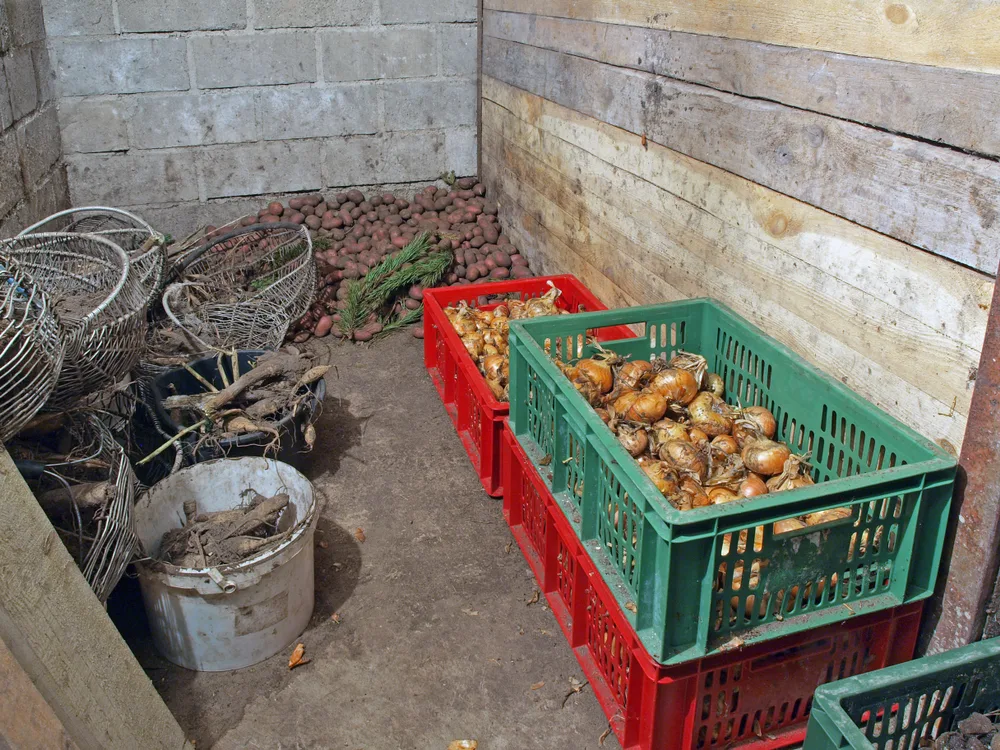
Even if a watched pot never boils, an unwatched pot has the inclination to boil over.
For that very reason, take a peek into your storage areas from time to time. Right about now, most of our squashes in the cellar have seen the end of their 3-5-month storage life. And those ones that didn’t make it this far, we have culled, enriching our compost pile at the same time.
The garlic we saved for propagation material has already been planted in fall (thinking and planning ahead definitely pays off!), and we have a whole bunch still waiting to be eaten.
January is also a good time to check on your onions and potatoes, to make sure that they aren’t moldy, soft or damaged in any way. Remove what is bad and toss it on the compost the moment you spot it.
6. Take a walk and check for damage on trees
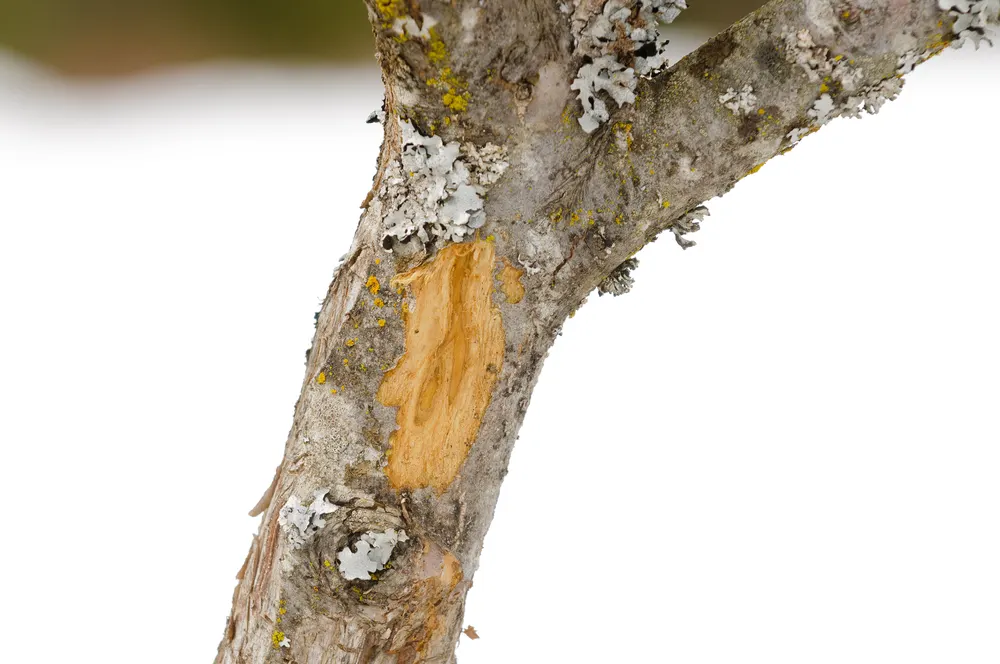
In winter we aren’t the only ones in search of fine food. Deer, rabbits and other furry creatures are also in for sneaking a favorite bite to eat.
For them, this includes the bark of certain shrubs and fruit trees in particular.
As soon as you see signs of nibbled or completely girdled trees, be sure to act fast with a temporary tree bark cover for the winter. A cloth or wire mesh that can protect them during the coldest months, and/or until the tree grows thicker, less desirable bark.
7. Look after wildlife
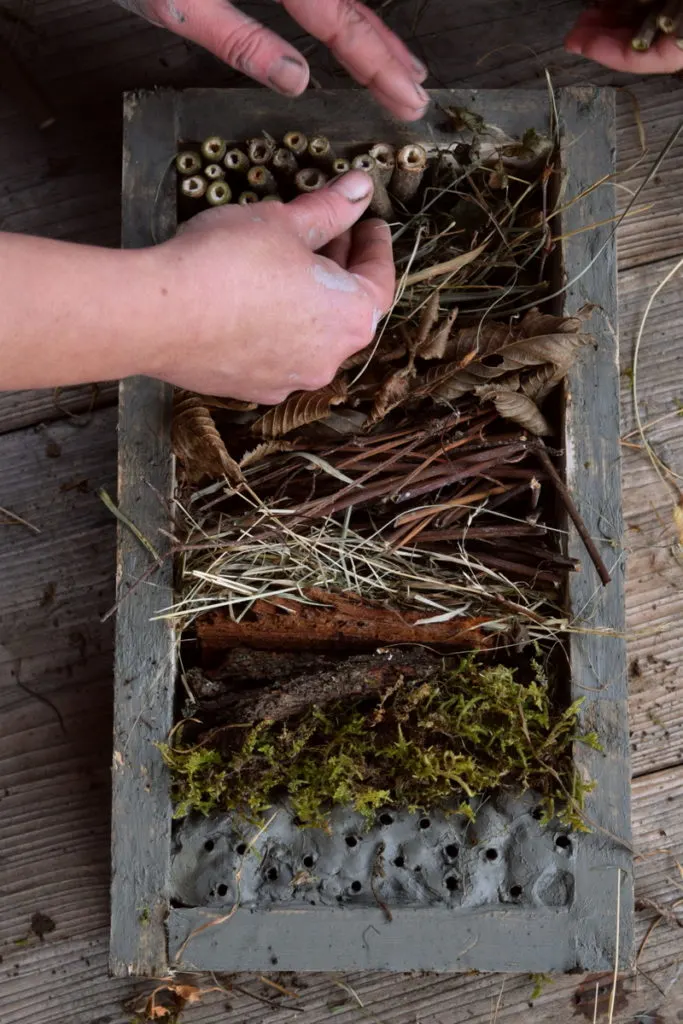
Humans are in a fortunate situation. As long as we have the means to get to the store, or shop our own pantry, we can surely find something to eat.
But, imagine for a second that you had to rely only on what you could find in the wild. Not many people I have ever met can accomplish that!
As we take away land and food sources from birds, reptiles, insects, small and large mammals alike, we are inadvertently breaking the chain in their food supply.
To help correct for this, now is the perfect time to start thinking how you can rewild your garden.
In January you can also spend some hands-on time to:
- build a bug hotel
- make a bat house
- or make tallow birdseed ornaments to feed the birds in the cold of winter
Look after the wildlife now, and they will reward you in return, come warmer weather.
8. Prune roses, apple and pear trees
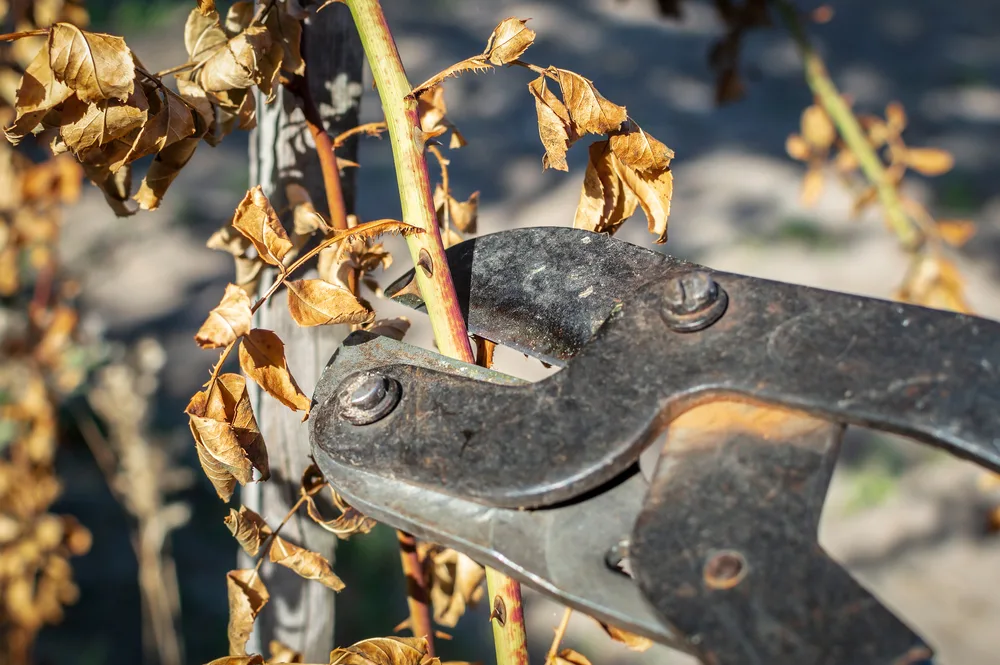
Pruning and thinning of branches is best done while the plants are dormant.
A chilly and sunny day is the absolute best time to prune your apple and pear trees. Here is how you can do it.
Pruning of fruit trees is done for several reasons. To shape the tree, to open up the canopy for more sunlight and air circulation, and to promote a bountiful fruit production.
You can always skip a year or two of pruning, though it is best not to go beyond that. Keep your trees healthy and you will be able to harvest for several decades.
9. Build or rebuild your garden fence
On a more personal note, here is what we are doing this winter, or rather non-winter as the absence of snow is telling us – replacing our garden fence.
Our woven garden fence is made of hazel and willow branches, and it is more than 3 years old by now. Getting on in age for a simple garden fence. Naturally, fences wear out and break down with the constraints of weather and time.
In the height of summer it contained our garden like this:
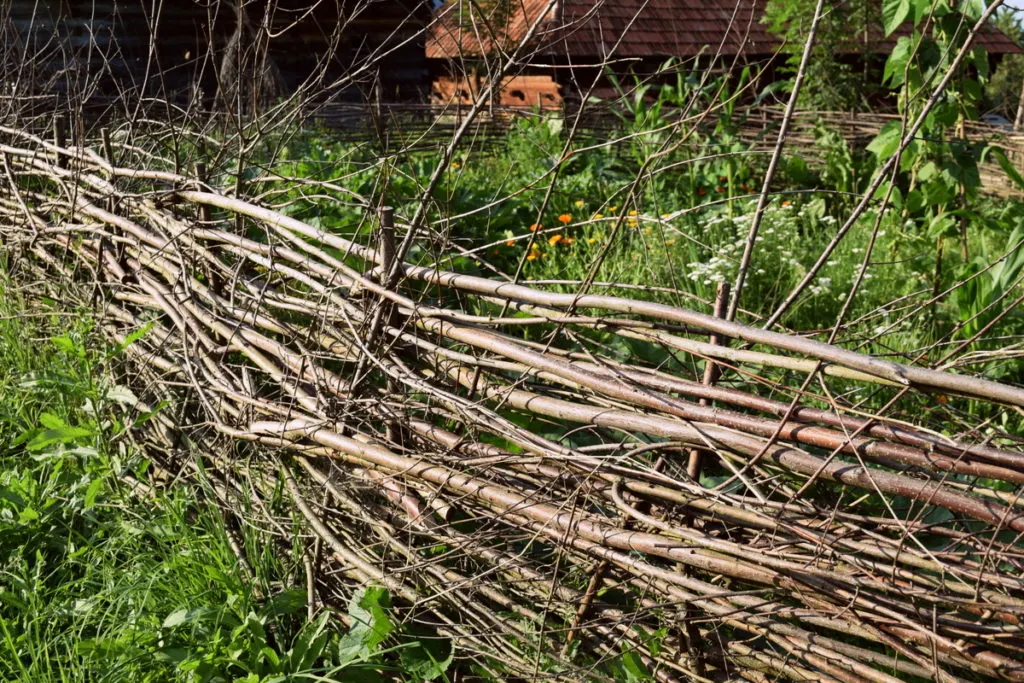
This January it looks like this:
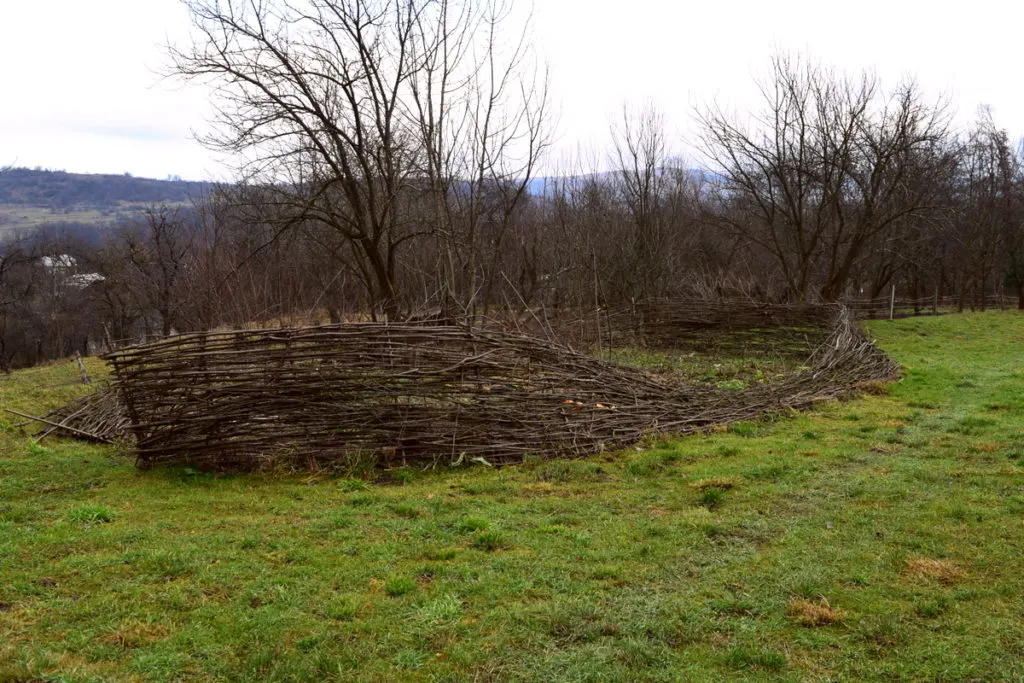
Completely flattened by high winds, accompanied by two weeks of almost solid rain.
If it is a good time for us to replace our fence – or build a fence anew – and we can only suggest the same to you too.
Related reading: 8 Inexpensive DIY Fence Ideas Anyone Can Build
10. Toss out your Christmas tree, responsibly.
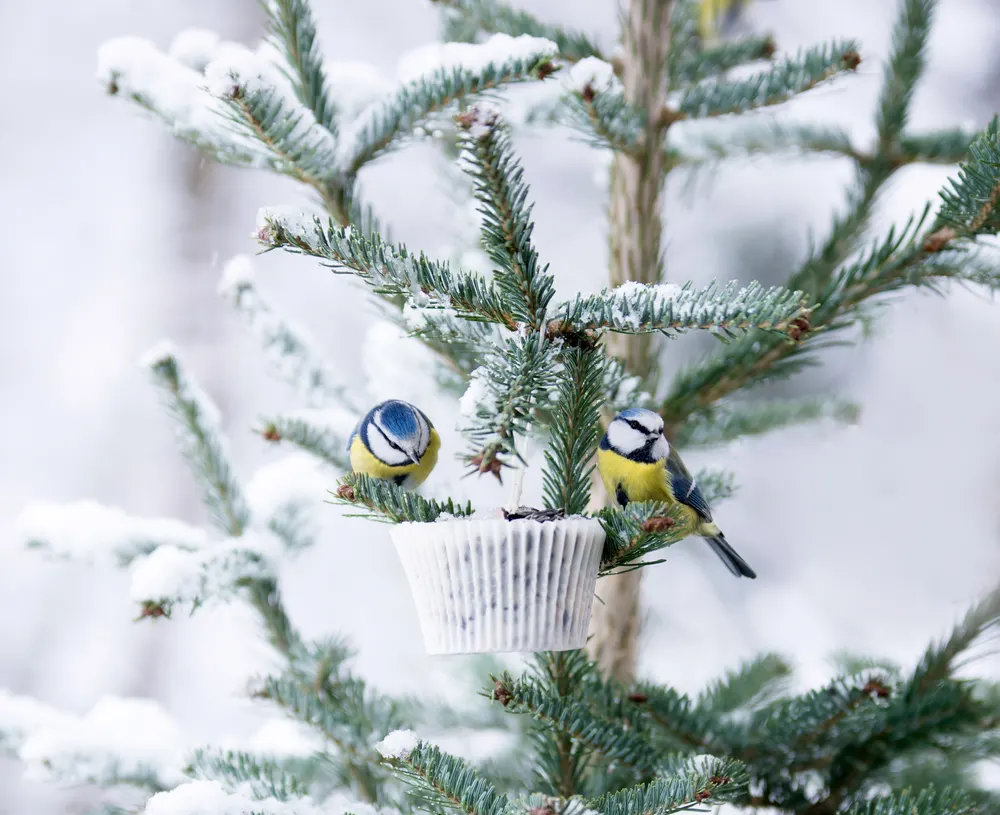
Finally, if you haven’t already gotten rid of your living Christmas tree, now is the time to take it down. However, it doesn’t mean that you have to lose the holiday cheer!
If you have a tree in a pot, well done! You can simply return it out into nature.
If you don’t, there are some earth-friendly things you can do with your old tree revealed here.
Tidying up…
January is also a time to think about the general maintenance of your outdoor and garden space.
If you have a greenhouse or poly tunnel, be sure to remove heavy snow when it falls.
Use salt sparingly on icy walks, opting for wood ash, or sawdust, when and where applicable.
Depending on your climate and planting zone, you may also want to start chitting your seed potatoes at the end of the month.
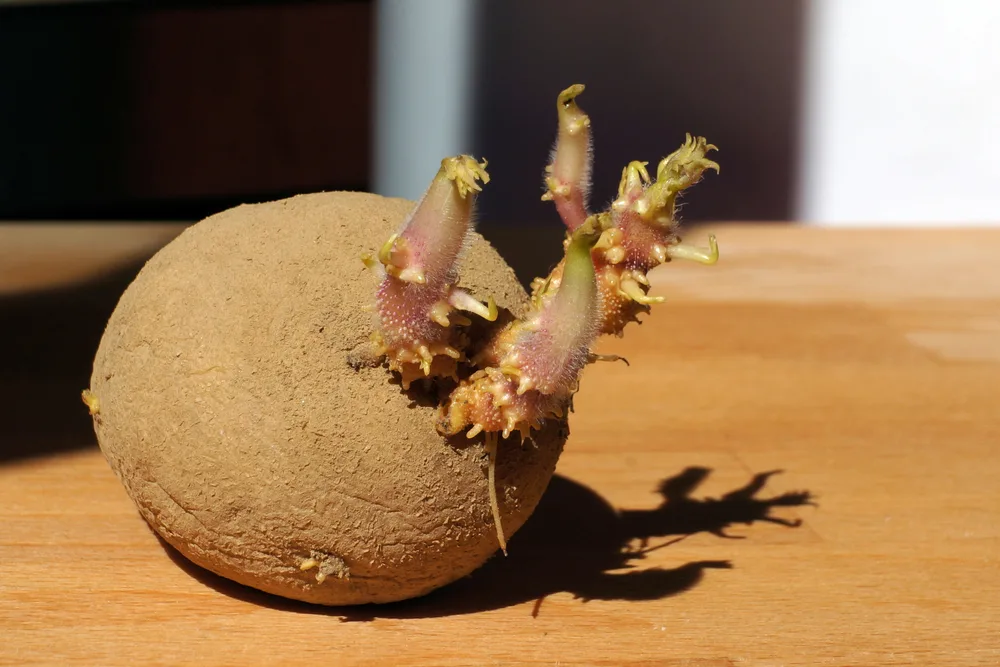
And don’t forget to take extra special care of your indoor plants! The excess heat of heating your home may make them dry out faster than you expect. Mist them regularly to give them the humidity that helps them glow.
Other than that, take a moment to sit back and relax with daydreams of your perfectly maintained plants, before the serious gardening gets underway.

Get the famous Rural Sprout newsletter delivered to your inbox.
Including Sunday musings from our editor, Tracey, as well as “What’s Up Wednesday” our roundup of what’s in season and new article updates and alerts.

